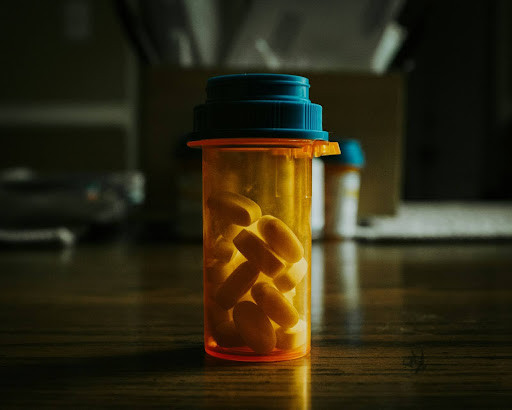Rethinking Prevention: Robin Avalos on Shaping a Public Health Response to Substance Risks

The United States faces a pervasive crisis too often overlooked. Addiction, unintentional exposure, and gaps in education and access quietly undermine families and communities. Beneath everyday life lies a problem demanding clearer attention. In response, Robin Avalos, MMS, PA-C, brings clinical expertise and advocacy to advance practical, evidence-informed solutions.
Avalos brings training and on-the-ground experience to conversations many find difficult. She began her career as an EMT, studied neuroscience and biology, and completed graduate work focused on correctional healthcare. Working in jails, emergency departments, and group homes exposed her to how fragmented responses and missed screenings can leave people unprotected. Personal tragedy, family members lost to overdose, sharpened her commitment to change and to compassionate, evidence-informed care.
Her insights stem from years of clinical practice and a refusal to simplify a complex problem. Avalos has reconnected people to treatment through telehealth, coordinated medication access, and trauma-informed follow-up. She has stood in school offices and staff rooms asking practical questions about prevention and screening and pushed for policies that treat safety as routine rather than punitive. "We can approach this like public health: small steps that keep people alive and ready to get help," she says, urging a steady, human-centered response.
The broader landscape helps explain why that steadiness matters. National data show overdose counts have been tragically high and that illicit synthetic opioids such as fentanyl are central drivers of the crisis. Laboratory testing and law enforcement data also document how lethal contamination of counterfeit pills and other supplies has worsened risk.
Within that reality, Avalos highlights an important mismatch. The tools to obtain dangerous substances are often easy to reach, while practical testing and reliable, nonjudgmental information aren't always in place. Fentanyl test strips, low-cost, rapid screening tools that detect fentanyl in a variety of drug forms, are endorsed as a harm-reduction option by health agencies and can be paired with naloxone distribution and counseling to lower risk.
Avalos frames these steps as practical prevention rather than punishment. "A simple test can change a decision in a moment, and that moment can be life-saving," she says. For instance, a study shows that people who use fentanyl test strips are more likely to engage in risk-reduction behaviors. "When testing is paired with clear information and access to rescue medication, those benefits can increase," Avalos adds.
Yet distribution and adoption remain uneven due to different policies and varying views about harm reduction across communities. Avalos sees two linked priorities. First, improve screening and immediate safeguards in places where young people and families spend time, such as schools, community centers, and primary care clinics, without turning every conversation into a punitive exam.
Second, invest in education so parents, teachers, and clinicians can recognize subtle signs of exposure and respond with curiosity and care rather than blame. Avalos urges school leaders and health officials to make sensible, age-appropriate changes so safety becomes part of routine care rather than an emergency-only reaction. It's worth noting that some jurisdictions have begun to pilot such approaches and policy changes in schools.
Her approach is intentionally practical. Streamline access to lifesaving interventions, ensure continuity of care after acute events, and remove barriers that make follow-up treatment difficult. Screening should complement, not replace, clinical judgment and therapeutic support. After all, it's an entry point to care rather than an end. "We're not trying to shame anyone," Avalos says. "We want a simple way for people to look after one another and then walk together toward recovery."
Addressing this crisis will not be quick, but Avalos's advocacy models a steady pathway. It asks for more listening, better training for adults who care for young people, and small structural adjustments that reduce harm and create clear pathways back to treatment. For policymakers, clinicians, educators, and parents, her work points to pragmatic actions. Normalize harm reduction where appropriate, expand screening and naloxone access, and commit to honest, nonpunitive education that keeps communities safer. She remarks, "Start with safety, keep doors open to care, and treat one another with the decency we all deserve."
© Copyright IBTimes 2025. All rights reserved.




















